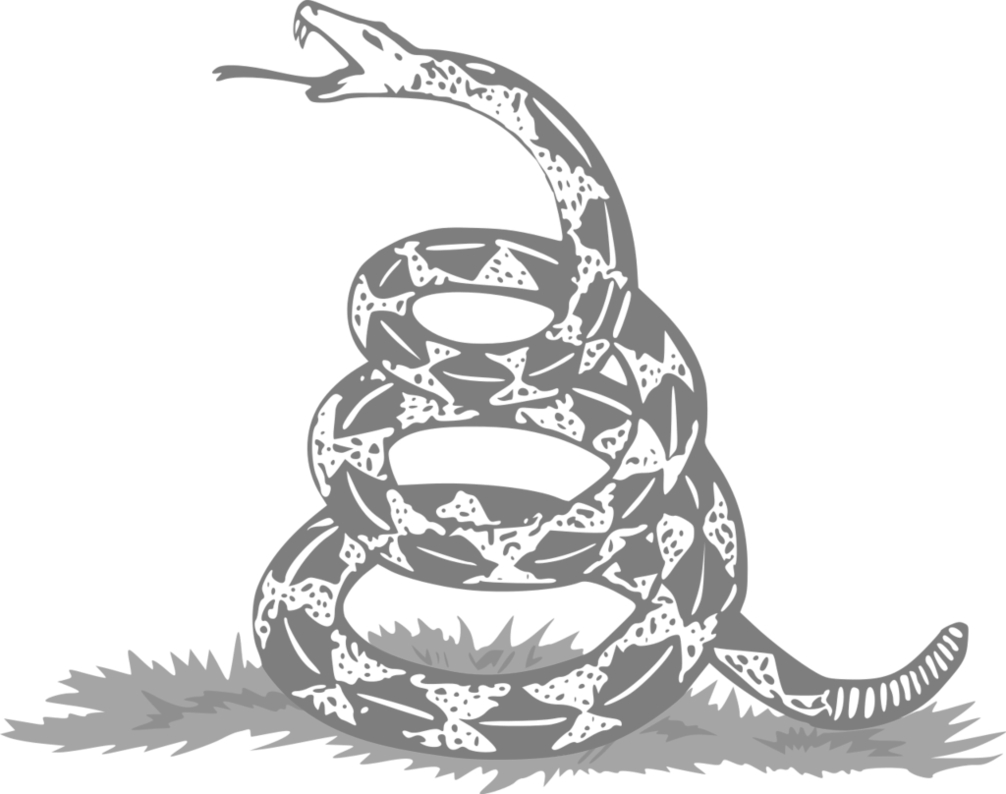Grigory Bazhenov/Sri Lankan crisis
There are four things to know about the crisis in Sri Lanka:
1. The economy of the island is quite simple. The main exports[1] of the country are: services (primarily tourism, in 2019 it accounted for 22.1% of exports, services accounted for 39.12% of exports in total), textiles (28.21% of exports) and agriculture (14.94% of exports). Sri Lanka has practically no oil, oil products, metals, equipment, vehicles and electronics. Need to import[2].
2. To finance imports, you need currency. Currency can be obtained by exporting goods and services. If one of the key export industries loses a lot of income, it becomes difficult to finance imports. In particular, tourism sank in 2020, and it did not recover in 2021 (I think there is no need to explain what this was connected with). By the way, the textile industry recovered after covid, but this was not enough. After all, problems were observed not only in the tourism sector.
3. Sri Lanka has a very peculiar political life. Nepotism, corruption and populism are the inalienable companions of the rule of the Rajapaksa clan, which regained power in 2019 after a short (since 2015) break. However, it was from 2019 that the clan, in terms of disastrous economic policy, unfolded with might and main:
- Tax cuts have been drastic, but every economist knows that tax cuts are not a free lunch. If there is no parity reduction in public spending, this only leads to an increase in the budget deficit and problems with public debt management. Which is exactly what happened.
- In the field of monetary policy, they began to conduct active expansion (money was printed): in the period from December 2019 to August 2021, the money supply increased by 42% (in the Russian Federation, for example, 21% over the same period). During the pandemic, the chairman of the Central Bank of Sri Lanka assured the public[3]: there is no need to worry about debt, all that is needed is "increase the share of domestic debt", the problem will be solved, since "debt in national currency ... in a country with monetary sovereignty, as modern monetary theorists say, is not a huge problem" (hello - MMT). The result is the highest [4] inflation in the Asian region[5] (of course, both supply factors and SVO played their role here).
- In April 2021, the transition to so-called fully organic farming began. The import and use of mineral fertilizers and pesticides in agriculture was banned (this was also motivated by the need to reduce imports). As a result of the ban, Sri Lanka's two million farmers faced a sharp drop in crop yields. Now the ban has already been partially lifted, but the decision has managed to greatly harm the agricultural sector: the rice harvest has dipped so much that it even had to be imported, tea production has also decreased. In general, problems in the agricultural sector are mostly the work of the Rajapaksa clan.
4. Sri Lanka's debt is highly volatile[6]. In 2020, it exceeded 101% of GDP. Domestic debt accounts for 53.1% of GDP, while external debt accounts for 47.2% of GDP. In order to service domestic debt without problems, it is necessary to have stable sources of budget revenues, but they sank, as a result, the lion's share of income goes to repay domestic debts. To pay foreign obligations, you need a currency. And there are problems with it, because export industries are suffering. At the same time, foreign exchange reserves are melting before our eyes (June 2021 - $ 4 billion, April 2022 - $ 1.827 billion).
Let's sum 2+2. Poor policies and external circumstances caused export earnings to fall, reducing foreign exchange reserves and earnings. Imports account for many important goods, including essential goods. Hence the shortage of fuel and other goods that Sri Lanka itself does not produce in the proper volume or does not produce at all, but cannot buy now, because debts and a drop in export earnings.
Moral: tax cuts are not a free lunch, macro-stability is an important element of sustainable development for any country, especially a developing one (stable and predictable inflation, foreign exchange reserves, fiscal discipline), populism and corruption always lead to failure of political decisions.
Grigory Bazhenov 2022-07-10
- ↑ What did Sri Lanka export in 2020? atlas.cid.harvard.edu
- ↑ What did Sri Lanka import in 2020? atlas.cid.harvard.edu
- ↑ Sri Lanka Shows the Folly of Fringe Theories washingtonpost
- ↑ Consumer Price Inflation Central Bank Of Sri Lanka
- ↑ Ceylon sadness kommersant.ru
- ↑ Sri Lanka's debt crisis europarl.europa.eu
